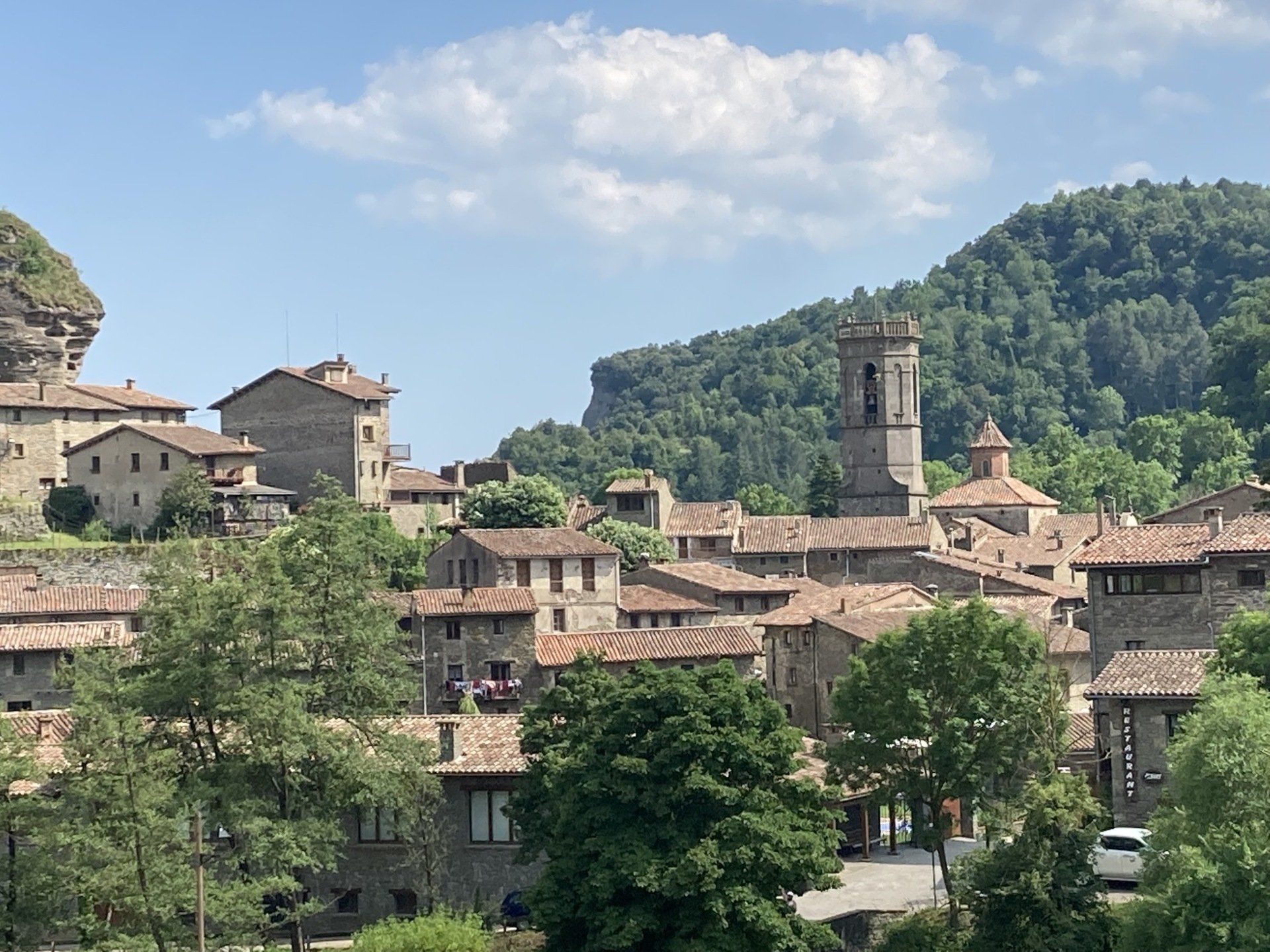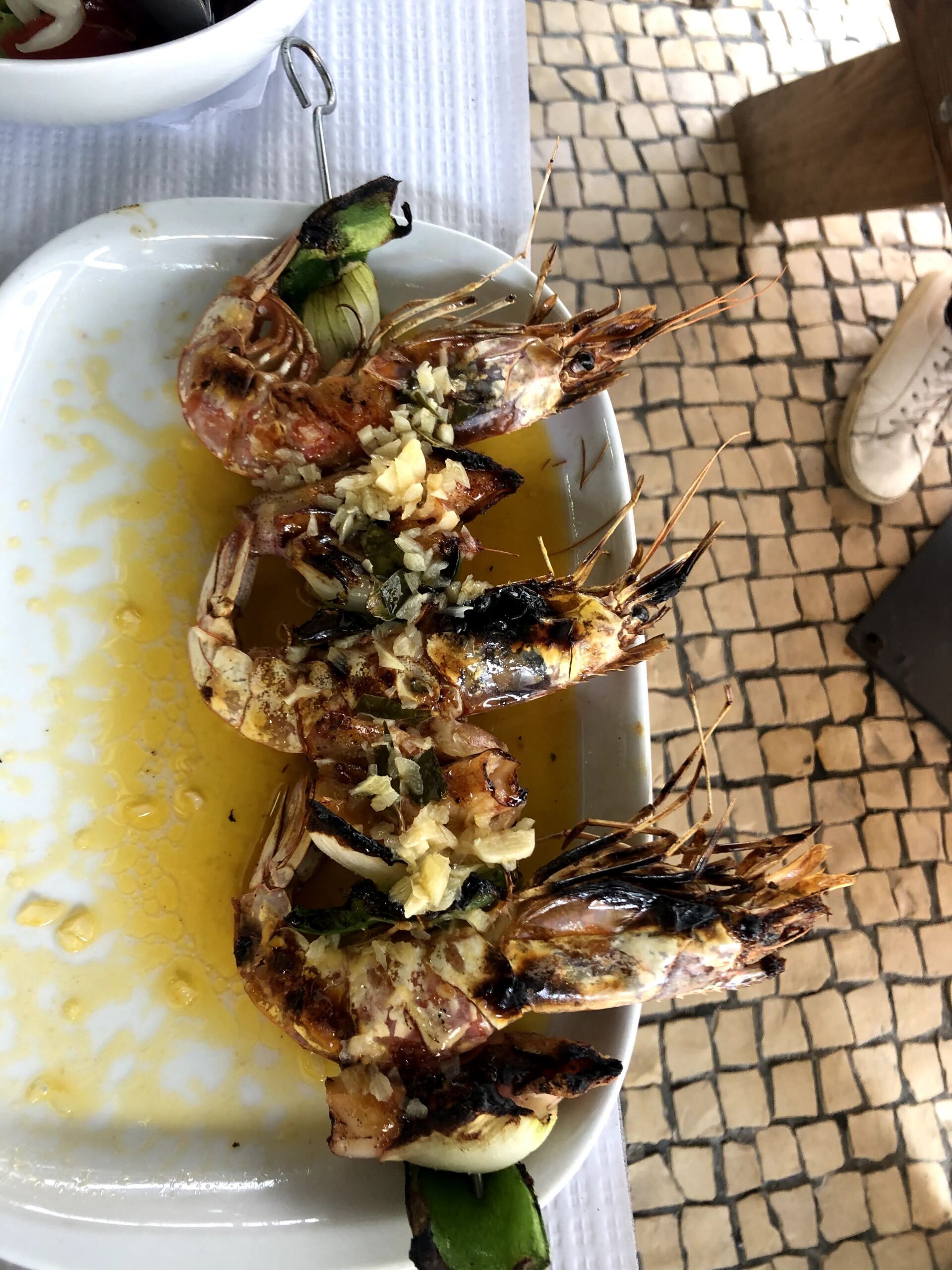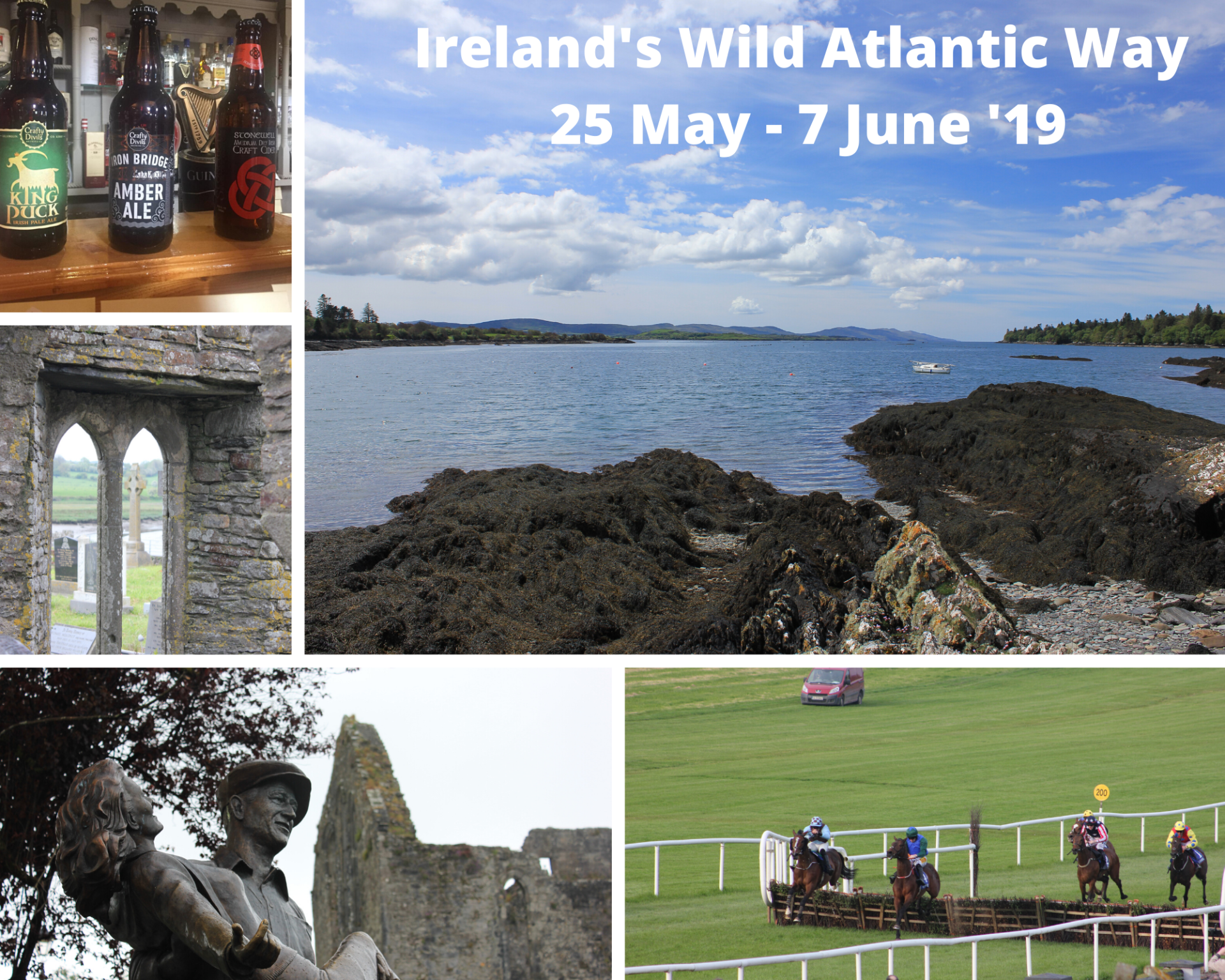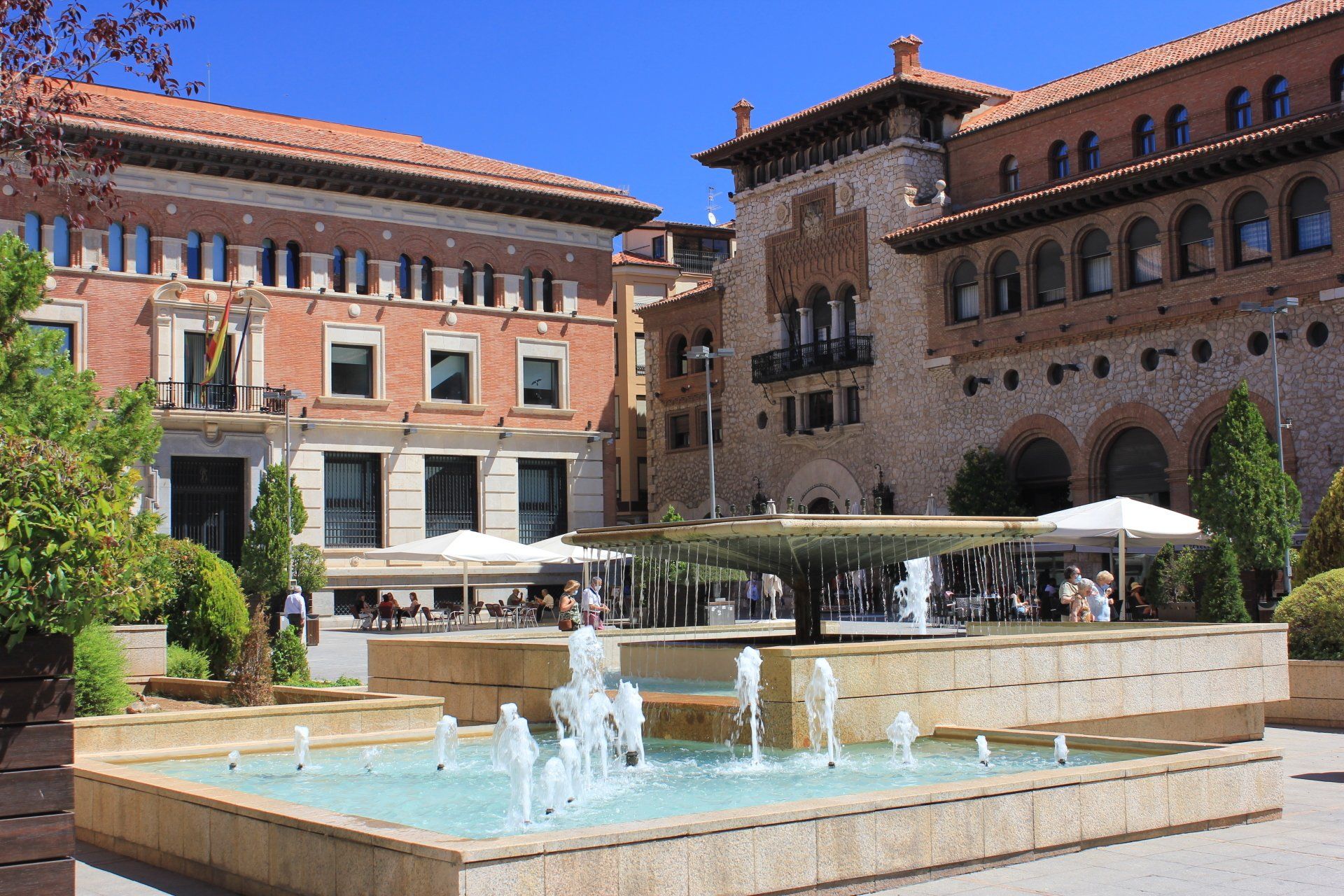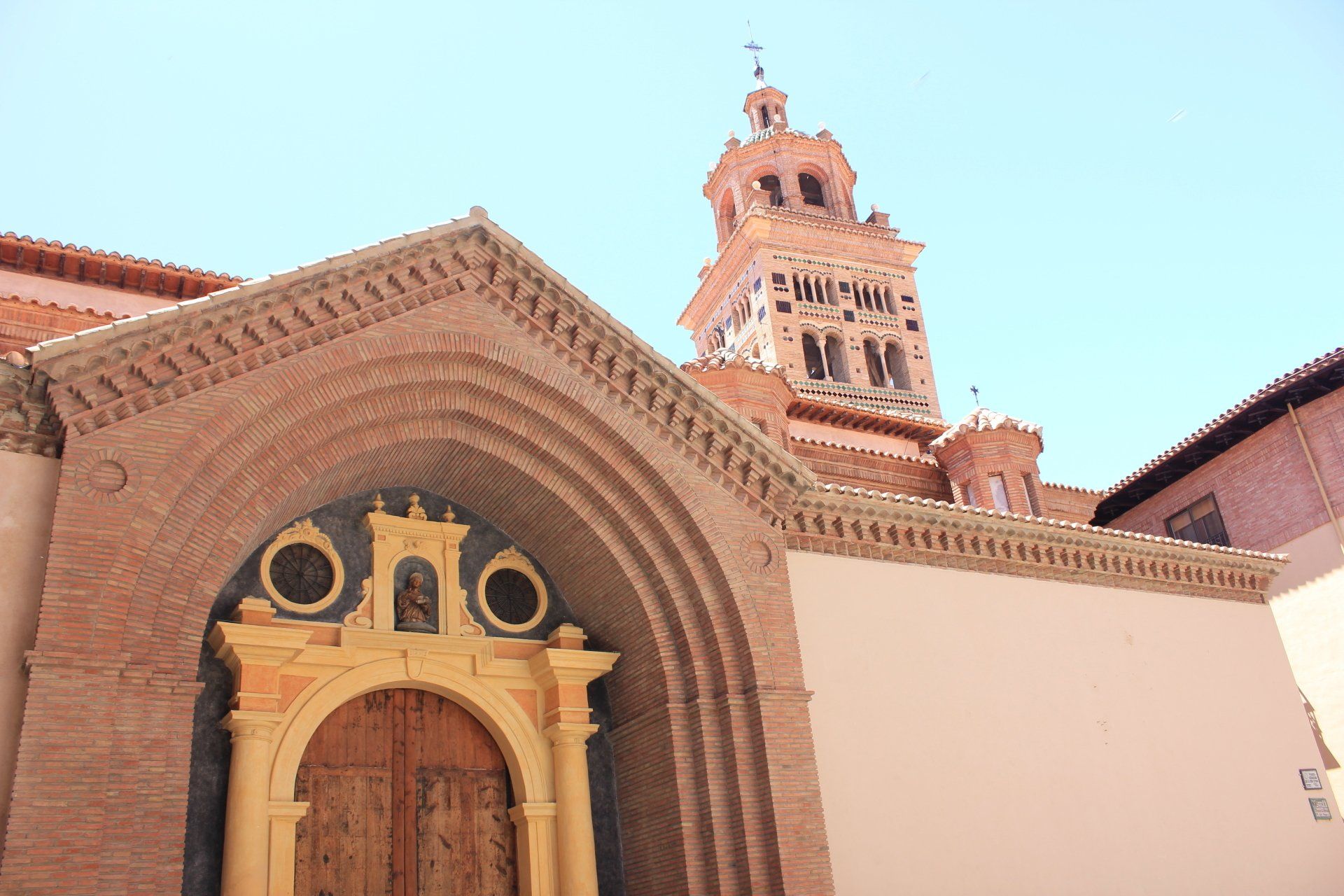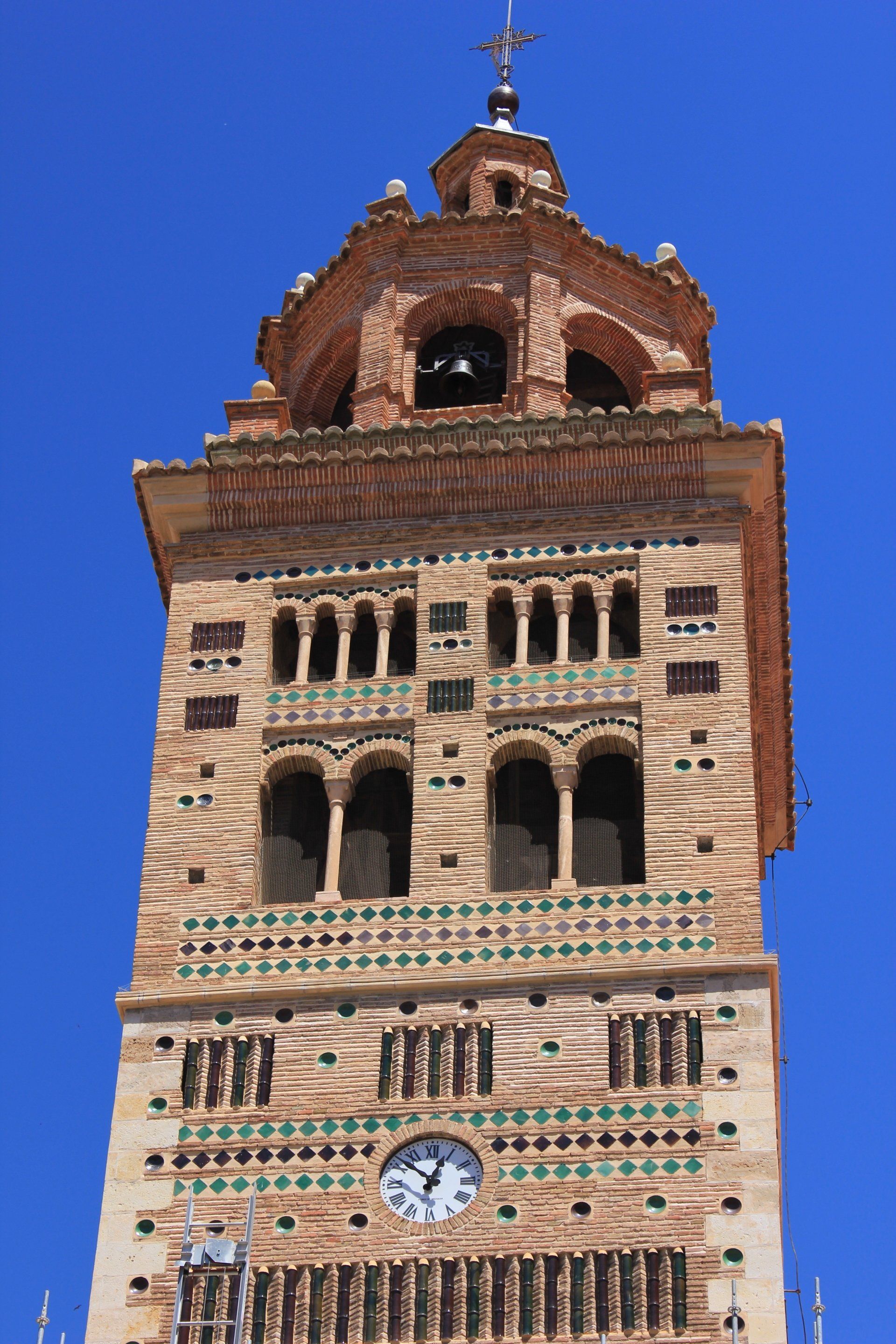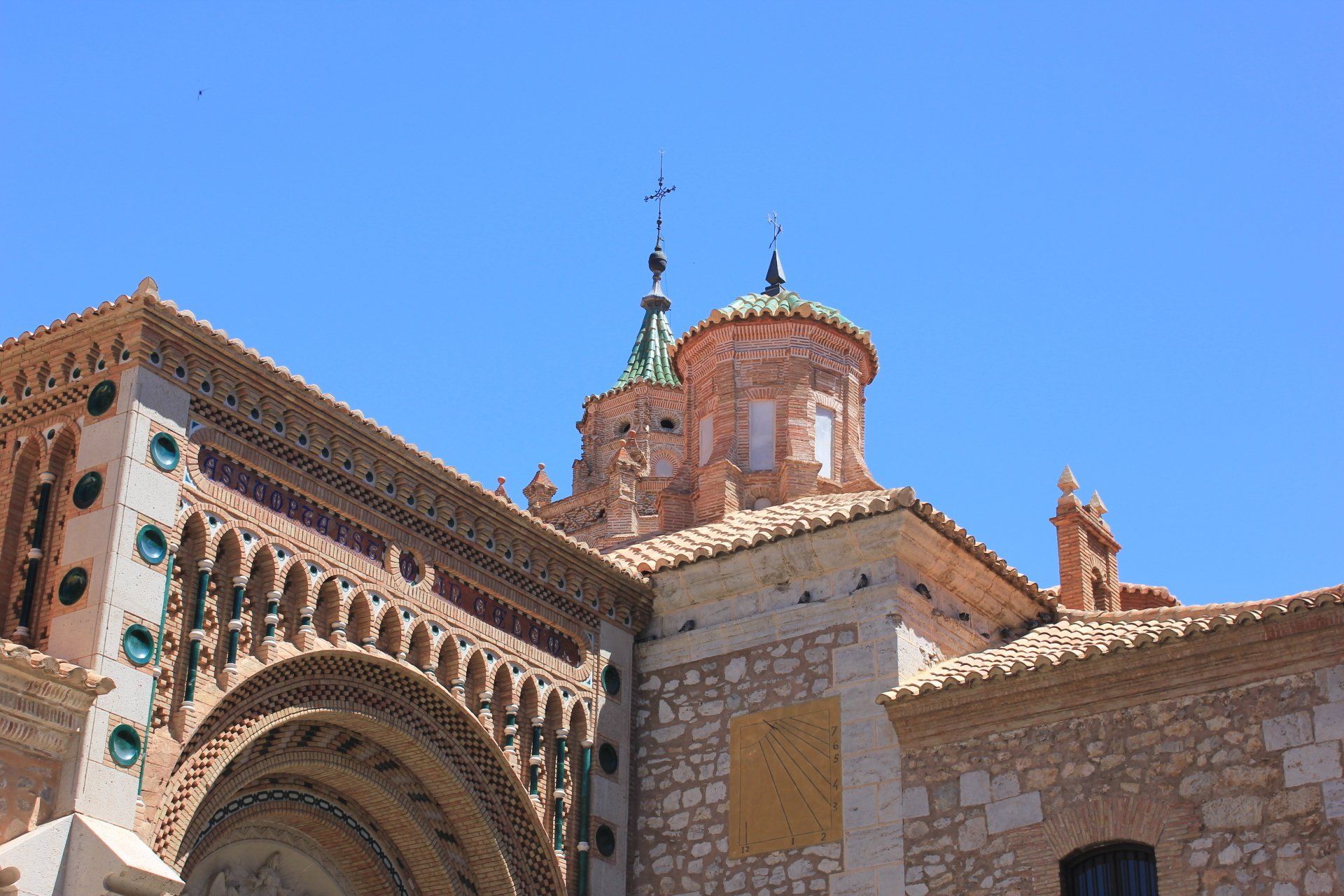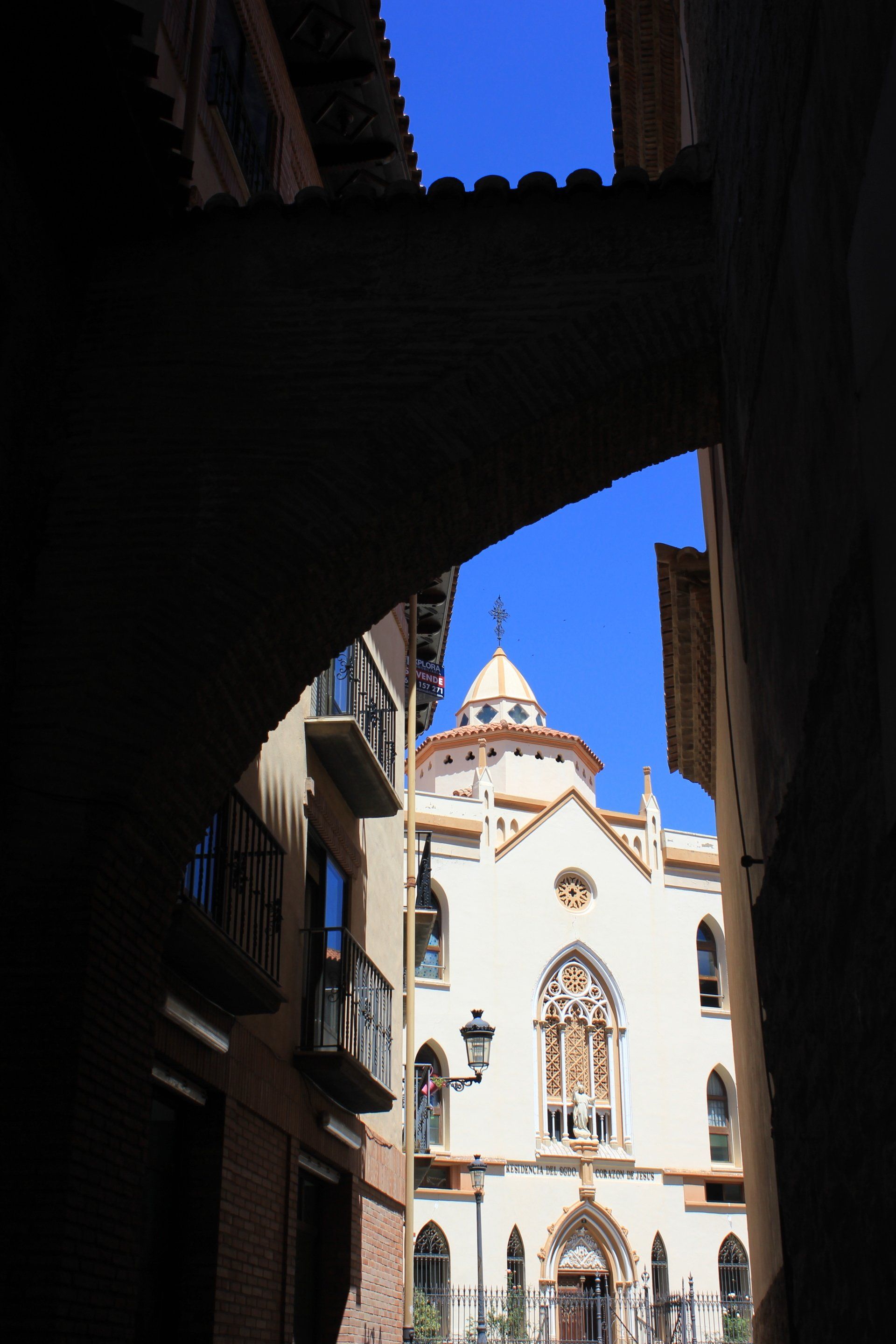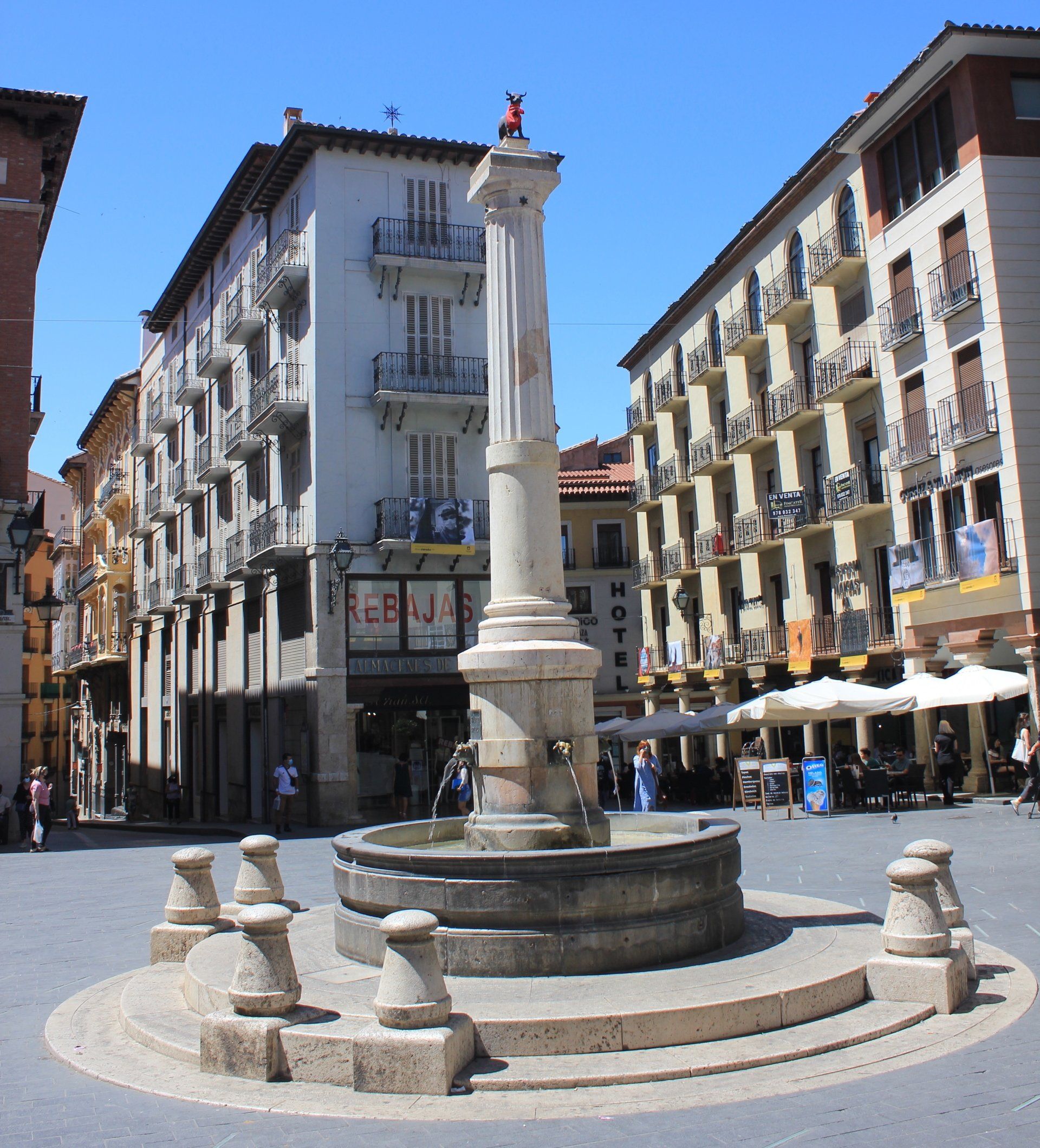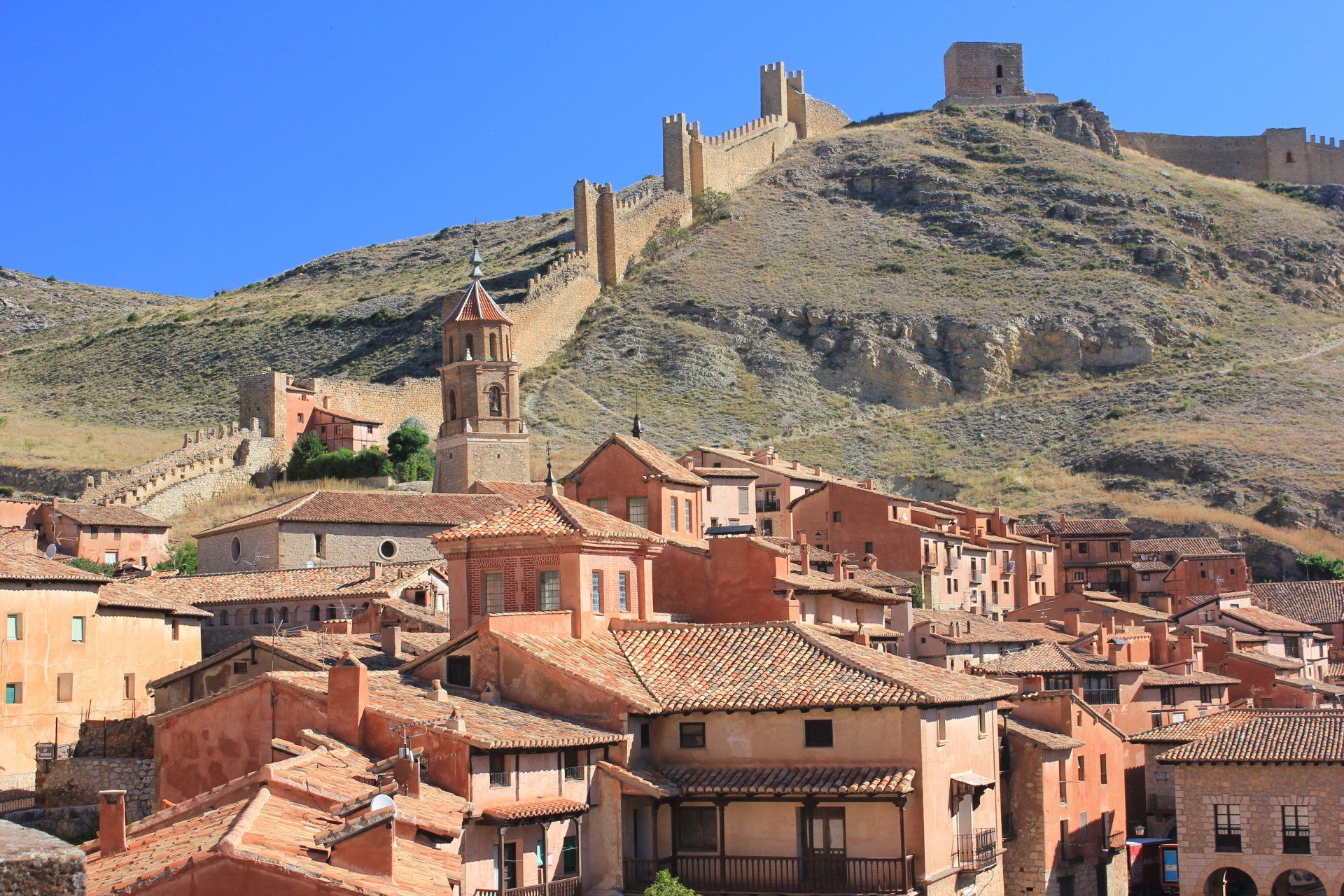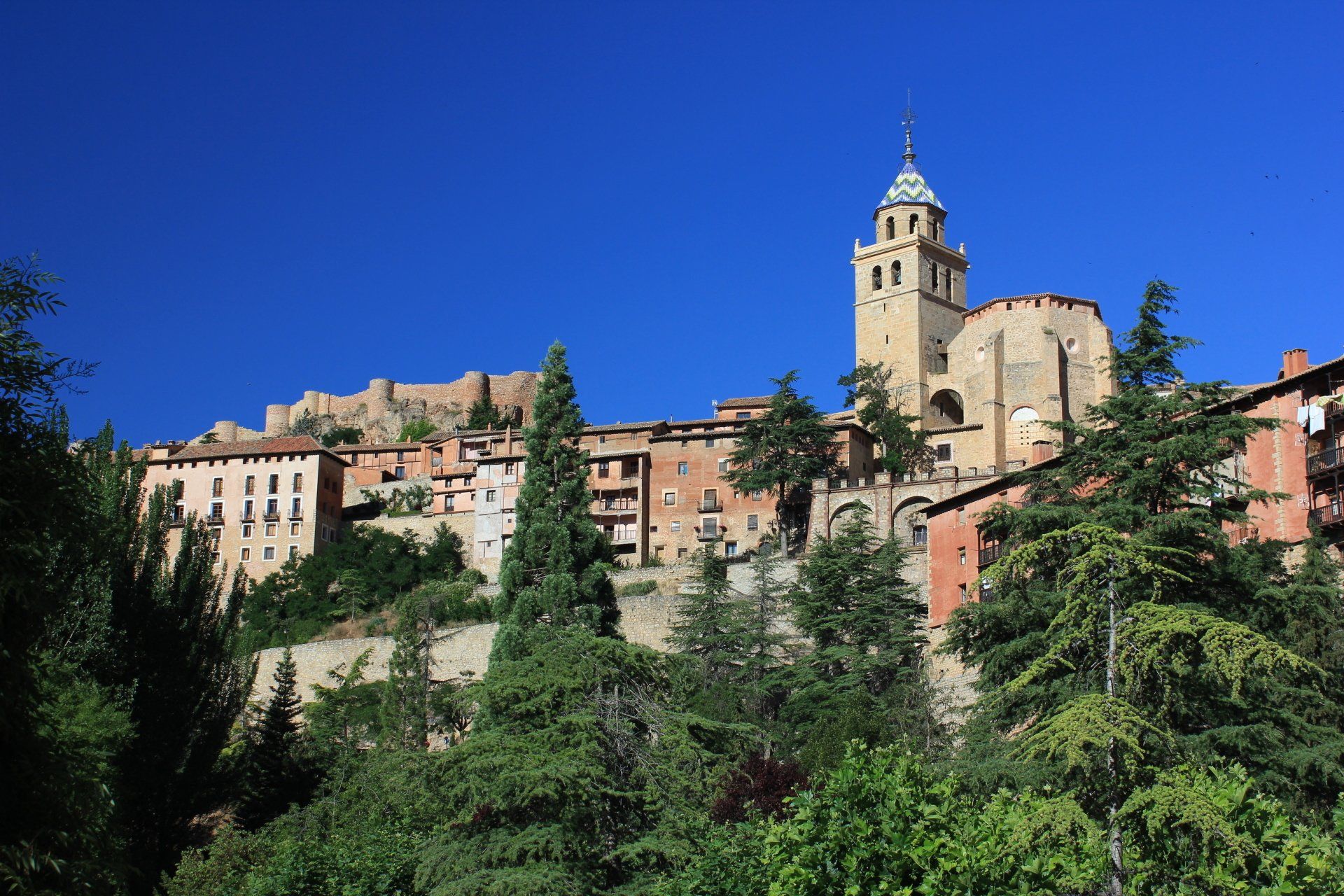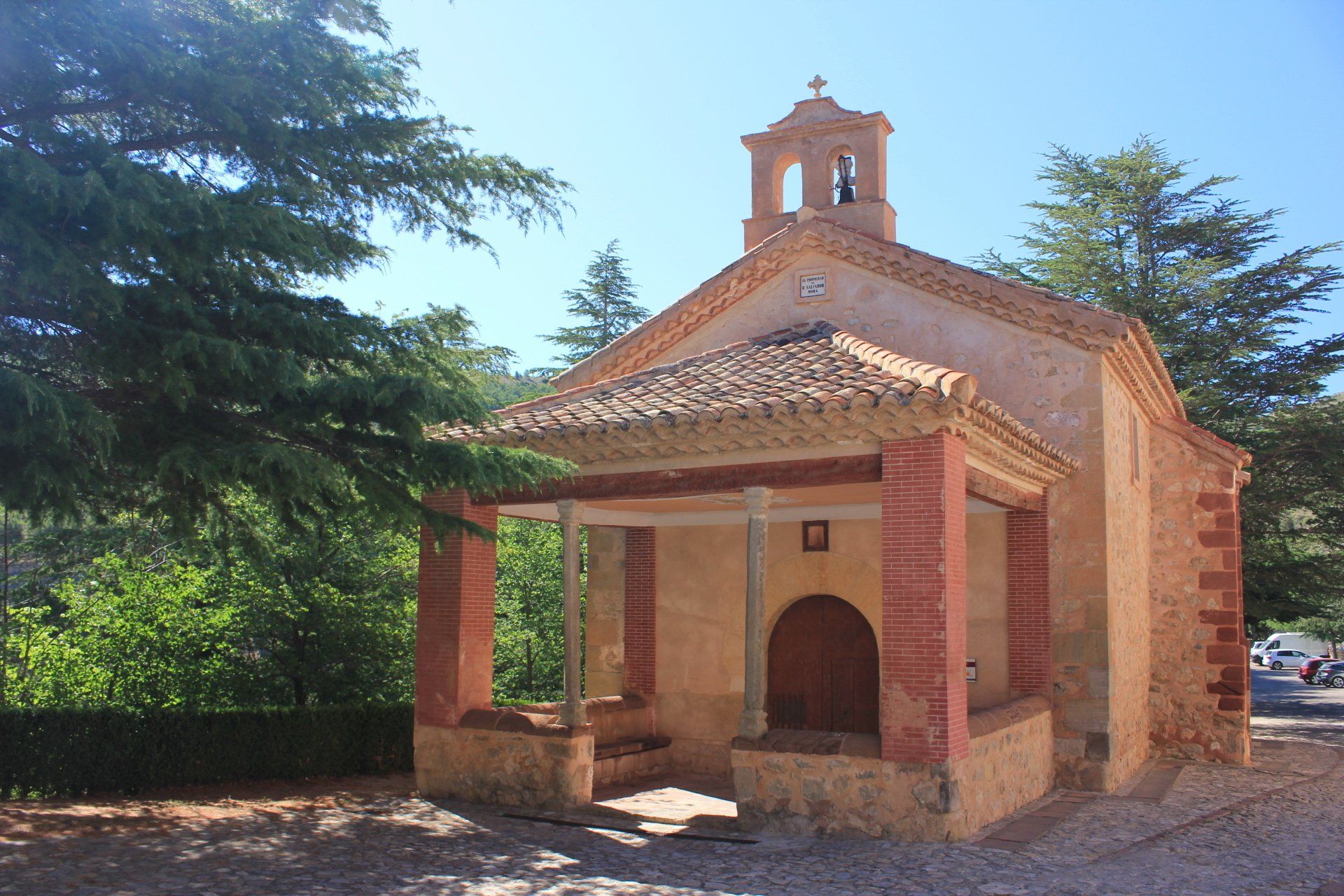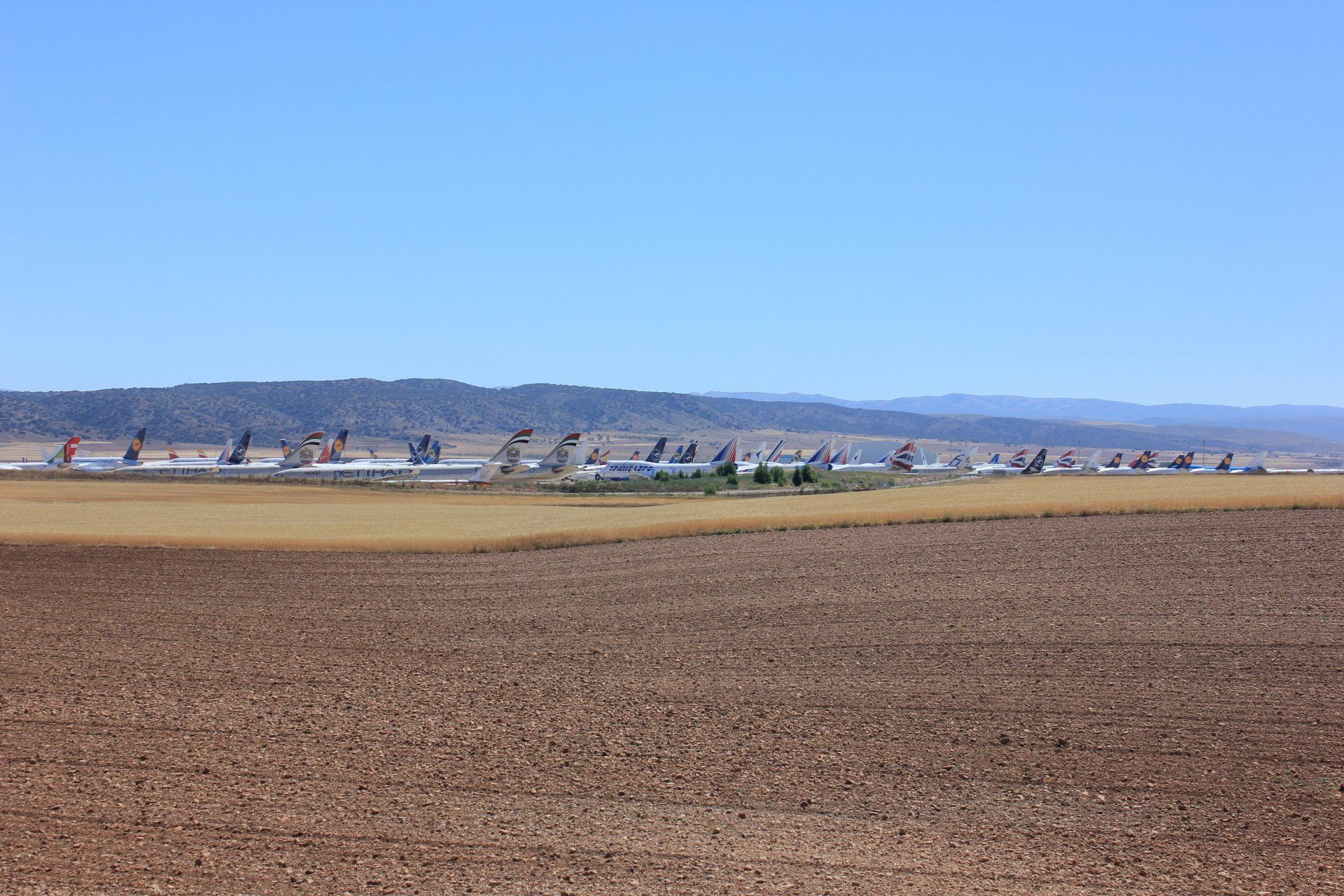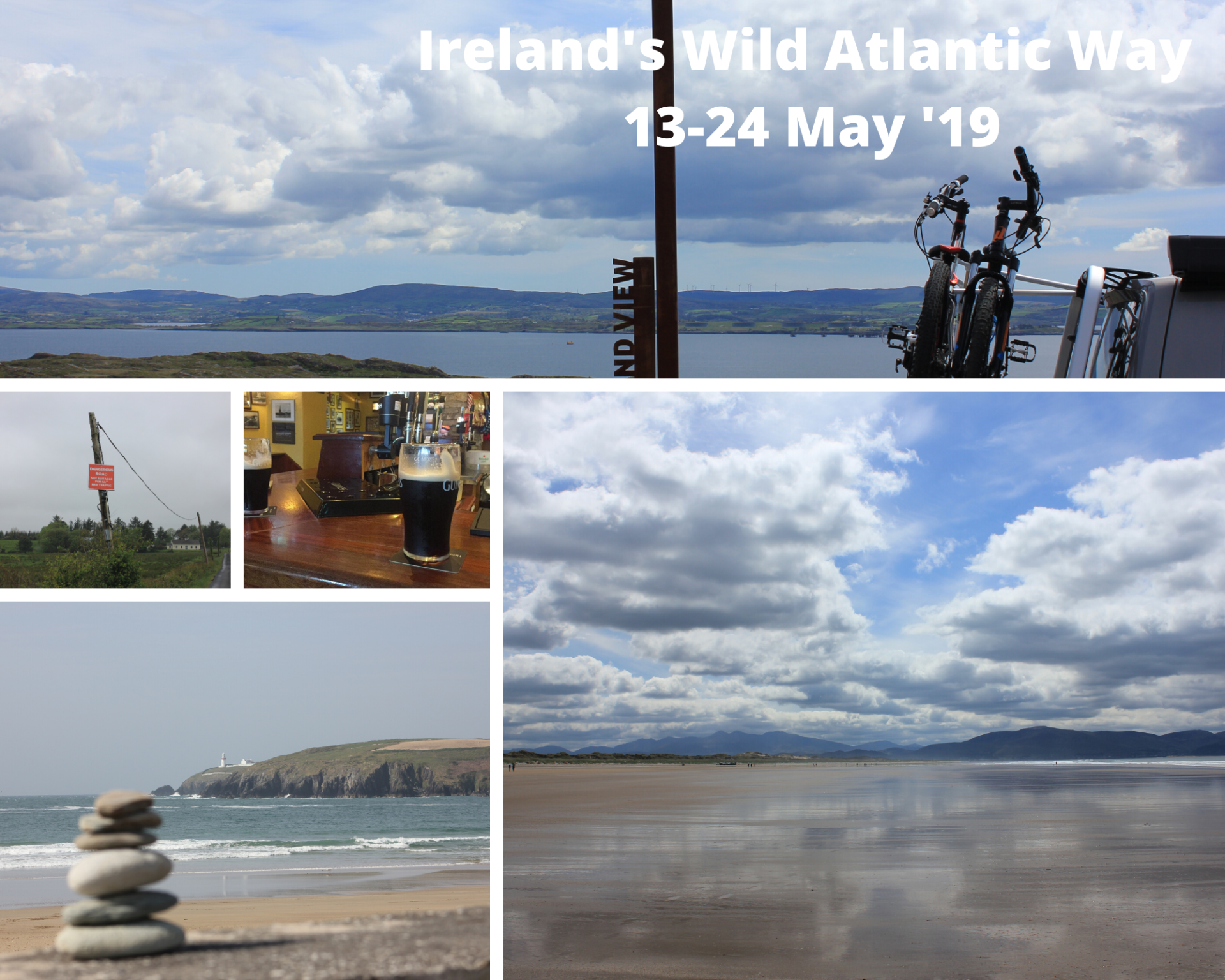Teruel Exists!
For a few weeks before embarking on a long trip around Spain, conversations generally went like this......
A compact and attractive town to spend a morning or afternoon, there are numerous eating options in and around Plaza del Torico, and its statue of the little bull, reflecting the legend of how a bull was released to pick a location for a settlement, before stopping under a star and choosing the spot where Teruel was eventually established.
Albarracín
Arguably one of Spain’s most beautiful villages, Albarracín is just over a half hour’s drive from the city, initially through heavily cultivated plains, before following a steep sided valley alongside the river Guadalavier to the village itself.
The village was built on a rocky outcrop and over the years fortified with impressive and well preserved walls.
The village has ample parking, where we even saw one or two wild campers, and it’s a pleasant meandering walk up through the cool stone village streets to Plaza Major, from where you can grab a coffee and admire the scenery from the adjacent mirador.
From here, your choices are to head north and follow the walls to their highest point, Torre del Andador; or south, towards the castle. Unfortunately, in the summer of 2020, access to the castle was restricted, so we explored further south to the Ermita de San Juan and Convento de los Carmelitas Descalzos.
Adjacent to the convent we found the village graveyard, which contained numerous graves of those who lost their lives fighting in the Battle of Teruel which took place in the winter of 1937/38, and regarded as a key turning point in the Spanish Civil War.
Albarracín also offers a number of short and pretty walks along the river which practically surrounds it, starting from the municipal park, and exiting on any of the numerous access points to the west of the village.
Teruel Airport
Don't get excited, and don't waste time looking on Skyscanner for your next flight to this beautiful area, as you'll be disappointed. Unless you have your own aircraft, and particularly if that aircraft needs some heavy maintenance, it’s unlikely that you’ll be travelling by air to Teruel anytime soon.
Sitting at an elevation of nearly 3,500 feet (>1000m) the airport provides an excellent dry climate for storing aircraft with reduced impacts of corrosion. This has been exploited by airlines who also use the onsite maintenance and repair facilities during quieter periods in their schedules.
However, during the Covid induced downturn in the aviation industry, over 100 aircraft were parked during summer 2020, making the airport top of the rankings for busiest airports in Spain.
The airport is also looking at numerous aerospace innovations, collaborating with universities for research and development, supporting the development of space propulsion technology, and facilitating the introduction of drones into airspace.
So, should I go?
Teruel’s location is a little out of the way, but overall, we would recommend that you visit if you get the chance. We did it as part of a trip down the east side of Spain, and simply covered a few of the key highlights. On reflection I think a longer tour around southern Aragon would be required to do the region justice, taking advantage of the 8000 loop trails around Teruel published on Wikiloc, or the more than 30 short distance trails promoted by the local tourist authorities. When we do, I’ll be sure to share the stories.
6th & 7th July 2020
Share this post
